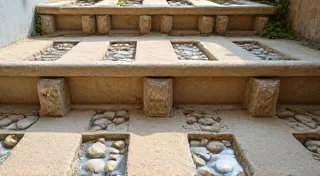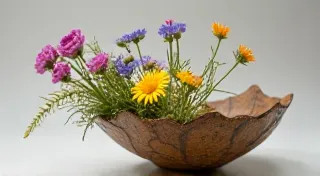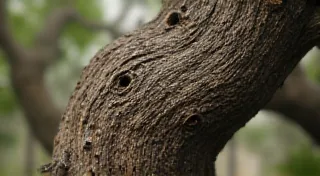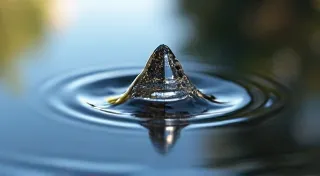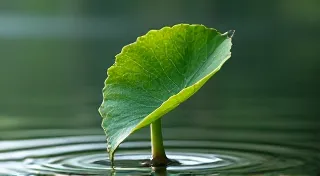Beyond the Figure: Abstract Forms and Penknife Exploration
There’s a peculiar resonance that echoes from antique accordions. Not just the music they once produced – though that’s certainly part of it – but something deeper, something about their construction, their history, the countless hands that have coaxed melody from their bellows. To hold one, even a silent, broken instrument, is to touch a lineage of craft, a testament to ingenuity and artistry. The precision of each hand-placed reed, the complexity of the valve system, the painstaking arrangement of keys – it’s a miniature universe of engineered beauty. It's this sense of deliberate, intricate making that often draws me to abstract penknife whittling.
The impulse to carve isn’t always about depicting something recognizable. We’re so often presented with the goal of replicating reality, of creating a likeness. A perfectly rendered bird, a detailed portrait – these are impressive feats of skill, certainly. But sometimes, the most rewarding journey isn't the destination, but the exploration itself. With a penknife, particularly, that exploration lends itself beautifully to abstract forms. It’s about letting the wood dictate the direction, embracing the imperfections, and allowing the process of carving to reveal something unexpected.
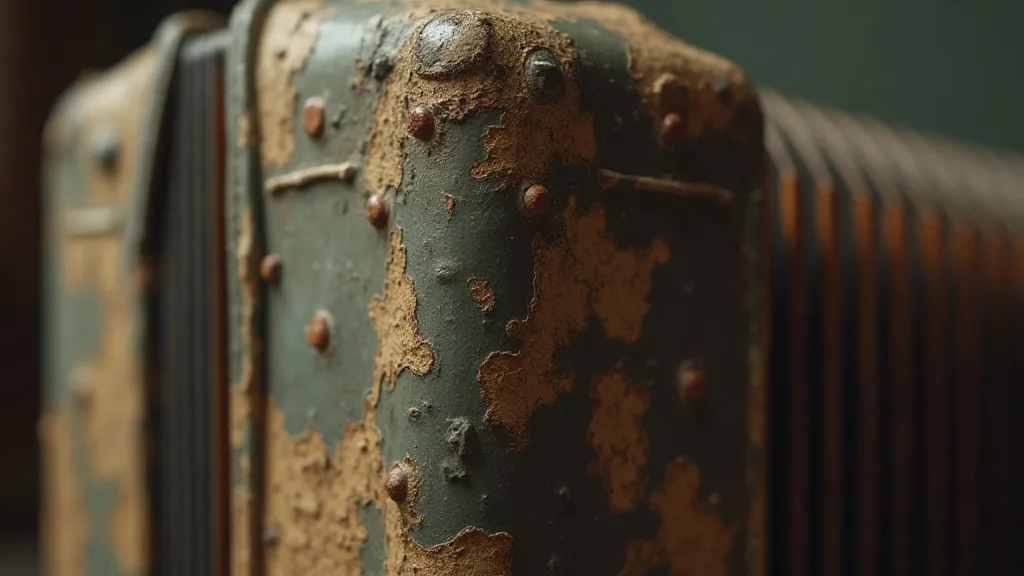
From Folk Art to Freeform
Historically, penknife whittling has often been tied to representational art. Think of the folk carvings of animals, figures, and household objects found in Appalachian traditions, or the whimsical creations of Swiss woodcarvers. These were practical objects, yes, but also expressions of creativity within a specific cultural context. While those traditions are invaluable and continue to inspire, breaking free from that mold – even temporarily – can unlock new creative avenues. The meticulous nature of traditional carving truly demands patience and a respect for the tools involved - something I often reflect on, prompting considerations like those explored in The Wood’s Patience: A Lesson in Deliberation and Slow Craft.
The shift from depicting recognizable objects to exploring abstract forms isn't necessarily a radical departure. The core principles of carving remain the same: understanding the grain of the wood, respecting its strength and fragility, and using the knife with precision and control. However, removing the pressure to create a “thing” allows for a more intuitive and experimental approach. You're not aiming to recreate an image; you're revealing the inherent potential within the wood.
The Language of Wood and Steel
A penknife, unlike a larger carving tool, demands a certain intimacy with the material. Its small size compels you to work deliberately, to feel the grain beneath the blade. Each chip of wood becomes a conversation – a response to the knife’s action. There's a certain elegance in this constrained approach; it fosters a mindful connection to the carving process. Maintaining the sharpness of these tools is paramount, something that’s more than just mechanical; it’s an extension of the creative process, as discussed in Whispers of the Edge: Sharpening, Maintenance, and the Carving Life.
The type of wood you choose also profoundly influences the outcome. Softwoods like basswood or pine are forgiving, ideal for beginners and for creating delicate, flowing shapes. Hardwoods like maple or cherry offer more resistance, encouraging bolder cuts and revealing intricate details with careful manipulation. Birch, with its beautiful grain and moderate hardness, often finds itself in my hand when I’m searching for a balance between formability and visual richness.
Embracing the Imperfection
Perhaps the most liberating aspect of abstract penknife whittling is the freedom to embrace imperfection. In representational carving, mistakes can often be catastrophic, requiring significant rework or even starting over. With abstract forms, however, those "mistakes" often become integral to the design – unique characteristics that add depth and character.
A stray chip, an uneven surface, a slightly off-center cut – these aren't failures; they’re opportunities. They’re evidence of the hand that shaped the wood, a testament to the process of creation. The beauty isn't in flawless symmetry or pristine surfaces; it's in the raw, textured quality of the finished piece.
Restoration as Inspiration: Lessons from Accordions
My fascination with antique accordions extends beyond their musical legacy. The process of restoring one – carefully cleaning corroded parts, replacing broken reeds, painstakingly re-gluing separating pieces – provides valuable insights into the mindset of a craftsman. These weren’t mass-produced items; they were meticulously handcrafted, often over months or even years. The historical significance of the tools used in crafting such instruments further connects me to the process, echoing sentiments described in Vestiges of the Past: Penknives as Relics of Forgotten Trades. The very act of restoring these pieces, uncovering layers of history etched into the wood and metal, strengthens my appreciation for both the craft itself and the hands that created them.
Similarly, when I'm carving, I try to approach the wood with that same level of respect and care. It’s not just a blank canvas; it's a piece of nature, imbued with its own inherent beauty and potential. The act of carving is a collaboration – a dialogue between the carver’s vision and the wood’s character.
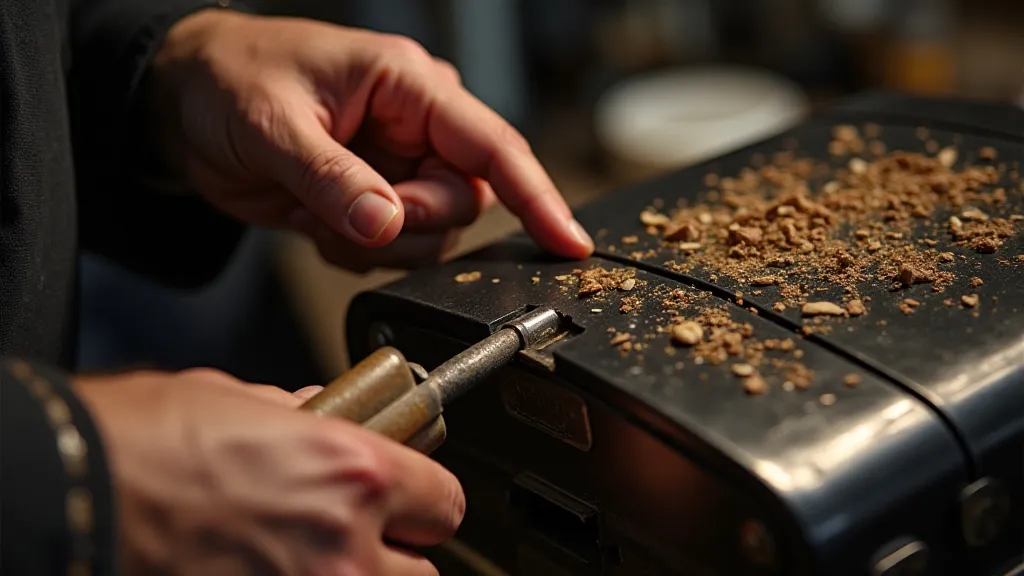
A Personal Journey: Finding Form
I often find myself drawn to shapes that evoke a sense of fluidity and movement – curves that suggest windblown branches, spiraling shells, or the subtle undulations of a sand dune. It's not a conscious effort to recreate these images; it’s more of a subconscious response to the wood’s natural grain and character. Learning to manipulate the negative space to achieve these effects is something I continually strive for.
The carving process often begins with a vague idea – a feeling, a color, a texture. I allow the knife to guide my hand, responding to the wood's resistance and revealing its hidden potential. Sometimes, the form emerges quickly and decisively; other times, it takes hours of careful manipulation and refinement. But in the end, the finished piece is always a reflection of the journey – a tangible expression of the dialogue between the carver and the wood. It’s about using the tools to reveal what's already inherent in the material, much like sculpting the absence to define the form.
The idea isn’s always about producing something that fits neatly into a category. Sometimes it’s about understanding that the beauty lies in the interplay between the form and the space surrounding it, a concept explored more deeply in A Line of Absence: Mastering Negative Space in Penknife Carving. This deliberate focus on emptiness allows the wood to breathe and contribute to the overall feeling of the piece.
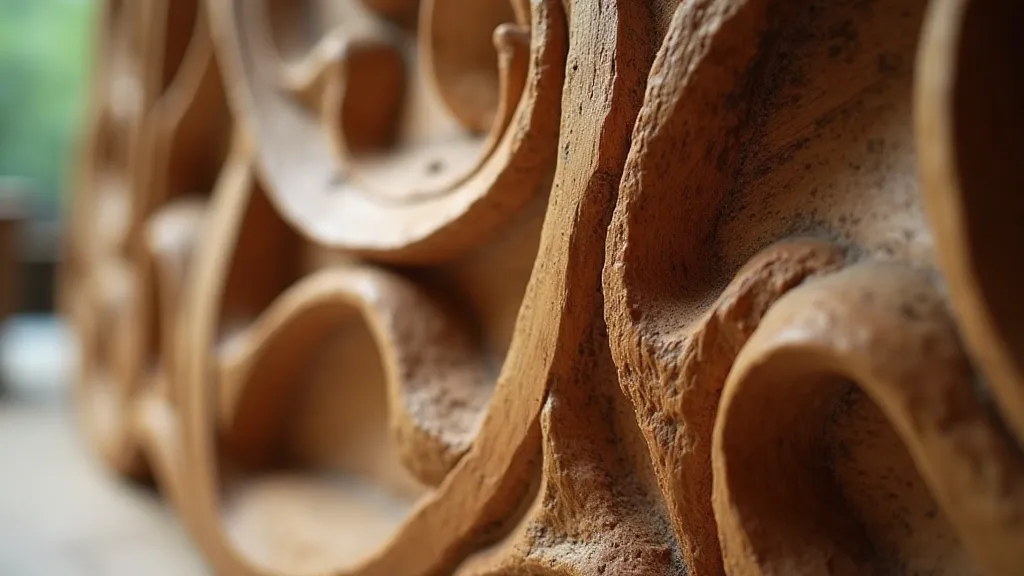
Beyond Representation
Ultimately, penknife whittling, in any form, is a meditative practice, a way to connect with the natural world and with our own creative potential. Whether you're carving a realistic portrait or an abstract form, the process itself is the reward. But when you venture beyond representation, when you embrace the freedom of abstraction, you unlock a new level of creative exploration – a journey into the limitless possibilities of wood and steel.
